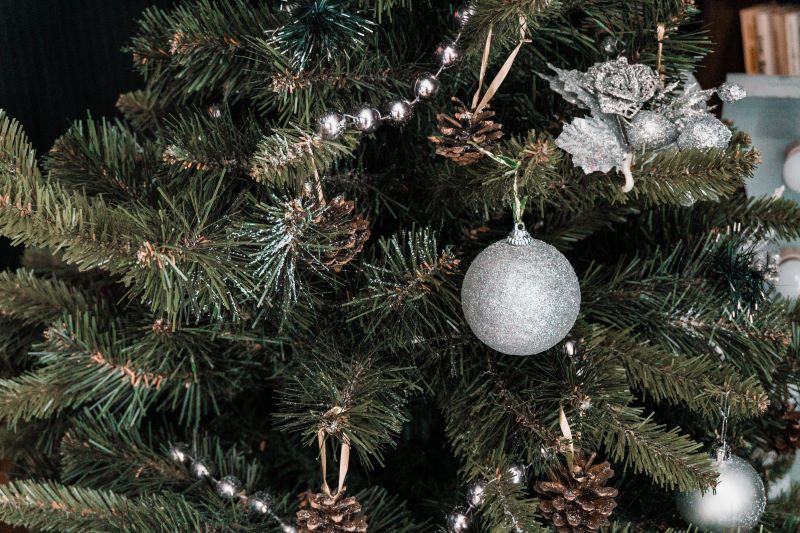
The Birth of New Year’s Day Celebrations: A Historical Overview
As the clock strikes midnight on December 31st, people around the world indulge in various festivities and celebrations to welcome the New Year. From parties to fireworks, the rituals and customs of this day have evolved over centuries to become a global celebration. Let’s take a look at the evolution of New Year’s Day celebrations throughout history.
The ancient Babylonians, around 4000 years ago, were among the first to mark the New Year as a significant event. They would celebrate the new cycle of agricultural and economic problems, and the renewal of the king’s mandate. In what remains the oldest recorded New Year’s festivity, the Babylonians would feast for 11 days, exchange gifts and make a host of resolutions. The Romans’ New Year’s observance was equally extravagant. They would observe a week-long January festival called ‘Saturnalia’ in honor of the Roman god of harvests and agriculture, Saturn. Saturnalia derived many of its traditions from pagan roots, such as masquerades, gift-giving, and feasting.
Medieval Europe marked New Year’s Day on March 25, the Feast of the Annunciation, with religious significance. But the Gregorian calendar’s arrival in 1582 pushed New Year’s Day back three months to January 1. It shifted to a more secular celebration, with salutations, balls, and parades.
The Evolution of Fireworks: From Chinese Invention to New Year’s Day Staple
In the United States, the practice of dropping giant balls to mark the beginning of the New Year started in New York City in 1907. The 700-pound ball made of iron and wood was reduced to 400 pounds in 1955, and today, Waterford Crystal designs the iconic ball that weighs nearly 12,000 pounds.
The Scottish celebrate “Hogmanay,” on New Year’s Eve. It’s an important festival that celebrates and signifies the culmination of the old year, the start of the new. It is said to have been influenced by the Vikings, who celebrated the passing of the Winter solstice, just like the Scots. The Scottish burn effigies, toss barrels of burning tar down the streets, and participate in torchlight processions signifying goodbye to the old year.
The Chinese New Year falls between late January and mid-February (as per the lunar calendar) and celebrates the arrival of spring. Red lanterns and decorations are used to display abundance and good fortune. Traditional festivities start on New Year’s Eve and continue for 15 days, concluding with the Lantern Festival. The spectacular Dragon Dance, which symbolizes good luck and fortune, is one of the essential components of the Chinese New Year celebrations.
Many Latin American countries welcome the New Year with food and drink consumption. The meal often includes 12 grapes, one to be eaten with each stroke of the clock. Each grape represents good luck for each month of the year. Brazilians welcome the New Year with a fiery ritual called “Réveillon,” involving large beach parties and fireworks.
In conclusion, the evolution of New Year’s Day celebrations is a tale of transformation, enrichment, and modernization. Throughout history, people have marked the New Year with various rituals, customs, and traditions. Happy New Year to all, and may our celebrations continue to evolve and adapt to the changing times.